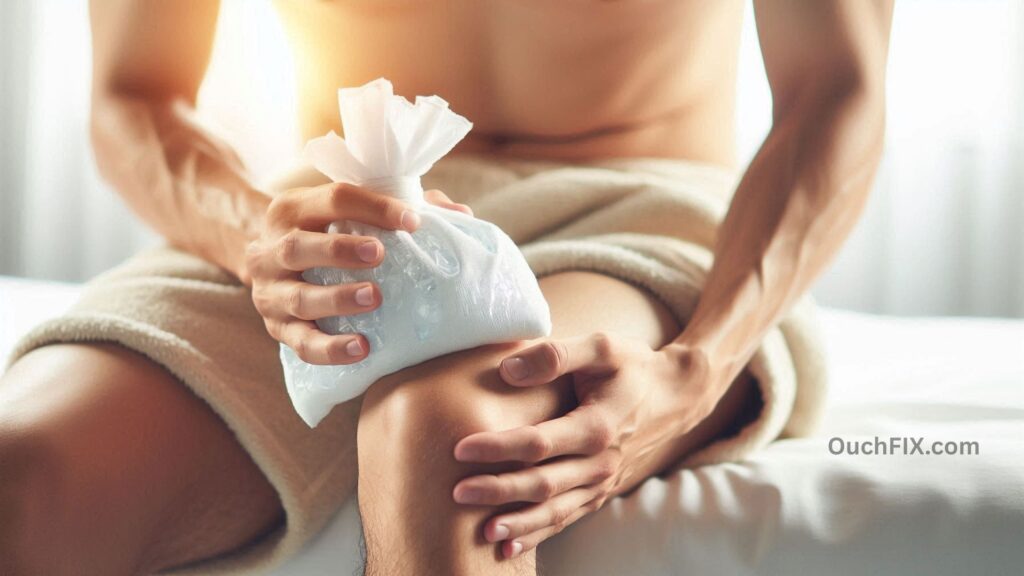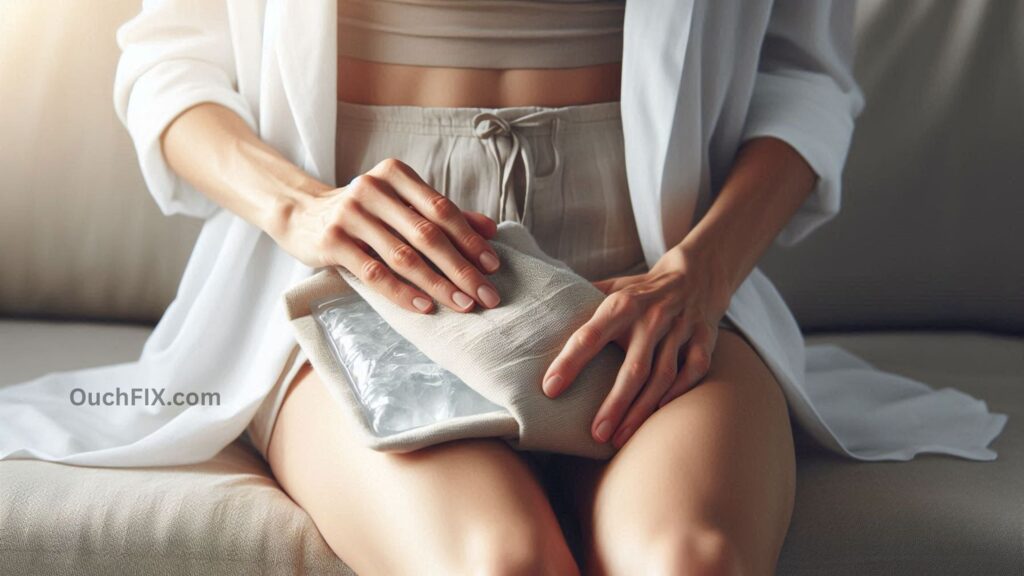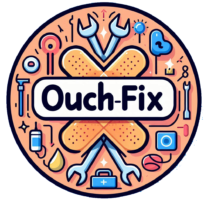Ever twisted your ankle or woken up with a stiff neck and wondered, “Should I grab ice or heat?” You’re not alone. Heat and cold therapy are among the most classic, go-to remedies for pain—but using them correctly can make a huge difference in how fast you feel better.
In this guide, we’ll break down how heat and cold therapy work, when to use each, tips for safe application, DIY options, and expert advice on getting the best results. By the end, you’ll know exactly which treatment to pick for any ache or injury.
Understanding Heat Therapy
Heat therapy, or thermotherapy, is all about warmth. Applying heat relaxes your muscles, eases stiffness, and boosts blood flow to the affected area. This extra circulation helps deliver oxygen and nutrients to tissues, speeding up recovery for chronic aches and tension.

What is Heat Therapy?
Heat therapy (also called thermotherapy) is all about using warmth to relax your muscles and boost blood flow. It’s a favorite for nagging, chronic aches and pains.
How Heat Therapy Works
Imagine cold dough that’s stiff and hard to shape. Warm it up, and it becomes soft and pliable. That’s exactly what heat does for your muscles—it loosens them and increases flexibility, making movement easier and reducing pain.
Common Heat Therapy Products
- Heating Pads: Electric or microwavable pads are convenient for daily use.
- Warm Towels: Simple, versatile, and effective. Just soak in warm water and apply.
- Hot Water Bottles: Classic, comfortable, and portable.
- Infrared Devices: High-tech options penetrate deeper into tissues, ideal for chronic pain or stiffness.
When to Use Heat Therapy
Heat is your go-to when dealing with:
- Chronic muscle pain
- Stiff joints
- Tension and stress knots
- Menstrual cramps
⚠️ Avoid heat in the first 48 hours after a new injury. That’s when ice therapy is usually more effective.
Pros of Heat Therapy
- Loosens tight muscles
- Increases blood circulation
- Helps speed up healing
- Effective for long-term pain, such as arthritis
Cons of Heat Therapy
- Can worsen swelling if used too soon after injury
- May slow healing if applied incorrectly
- Risk of burns if temperature or timing isn’t monitored

Also Read: How do Various Pain Relief Patches Compare in Effectiveness?
Understanding Cold Therapy

What is Cold Therapy?
Cold causes your blood vessels to constrict, slowing blood flow to the area. This limits swelling and numbs nerve endings, reducing pain. Think of it as a natural anesthetic for your sore spot.
Common Cold Therapy Products
- Ice Packs: Fast and easy, but always use a cloth barrier to protect skin.
- Gel Packs: Flexible and reusable for targeted relief.
- Cryotherapy Chambers: Full-body cold therapy for professional athletes.
- Cold Compresses: Ideal for sensitive or small areas.
When to Use Cold Therapy
Ice is perfect for right after:
- Sprains and strains
- Bruises
- Post-workout soreness
- Sudden injuries
Pros of Cold Therapy
- Reduces swelling quickly
- Numbs sharp pain
- Provides rapid relief for acute injuries
- Slows nerve signal transmission to calm pain
Cons of Cold Therapy
- Can cause frostbite if left on too long
- Not ideal for those with poor circulation
- Only offers short-term relief; doesn’t improve flexibility or long-term healing

Also Read: Best Massage Device for Muscle Soreness
Heat vs. Cold: Which One Should You Pick?
Here’s a quick side-by-side comparison:
| Feature | Heat Therapy | Cold Therapy |
|---|
| Best for | Chronic pain, stiffness | New injuries (sprains, bruises) |
| Blood flow | Increases | Decreases |
| Pain relief method | Relaxes muscles | Numbs pain |
| Risk | Burns | Frostbite |
Common Scenarios
- Arthritis: Heat eases stiffness and improves mobility.
- Sports injuries: Start with cold for the first 24–48 hours, then switch to heat.
- Muscle soreness: Chronic soreness = heat; new, sharp soreness (like after a workout) = cold.
- Headaches: Cold for migraines, heat for tension headaches..
Tips for Using Heat and Cold Safely

Time Limits
- Heat: 15–20 minutes at a time
- Cold: 10–15 minutes at a time
Skin Protection
Always place a cloth or towel between your skin and the heat/cold source to prevent burns or frostbite.
DIY Heat and Cold Solutions
- Homemade Heat Pack
Fill a clean sock with rice or beans - Microwave for 1–2 minutes
- Apply to the sore area
Homemade Cold Compress
- Frozen peas in a bag
- Wet sponge in the freezer
- Wrap in a towel and apply

Also Read: How does a TENS Unit Work and Which Model is Best for Home Use?
When You Should See a Doctor
While most minor aches respond well to heat or cold, consult a medical professional if:
- Pain persists or worsens over time
- You experience numbness or major swelling
- A joint cannot be moved properly
- Signs of infection appear (redness, warmth, or pus)
Proactive care can prevent minor injuries from turning into chronic problems.
Conclusion and Next Steps
Heat and cold therapy are simple, effective tools for pain relief—but using them correctly is key. Remember:
- Cold for new injuries, swelling, and sharp pain
- Heat for chronic aches, stiffness, and tension
- Always protect your skin and limit exposure time
- Consult a doctor for persistent or severe pain
With the right approach, these classic remedies can help you move, recover, and feel your best without relying solely on medication.
FAQs About Heat and Cold Therapy
Q1. Can I alternate heat and cold?
Yes! Some conditions benefit from alternating therapy (known as contrast therapy) to both reduce swelling and improve circulation.
Q2. Can I use heat for a sprain?
Avoid heat for the first 48 hours; cold is best initially. Heat can be applied later to relax muscles.
Q3. Is cold therapy safe for everyone?
People with poor circulation or certain medical conditions should check with a doctor first.
Q4. How often should I use heat or cold?
1–3 sessions per day are generally safe, but always monitor your skin and symptoms.
Q5. Can heat therapy help with stress?
Absolutely! Warmth relaxes muscles and can help reduce stress-related tension.






